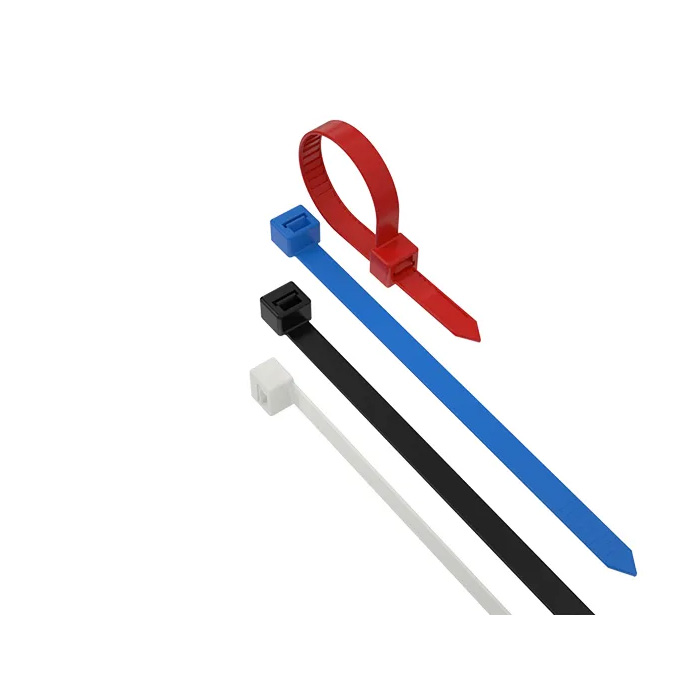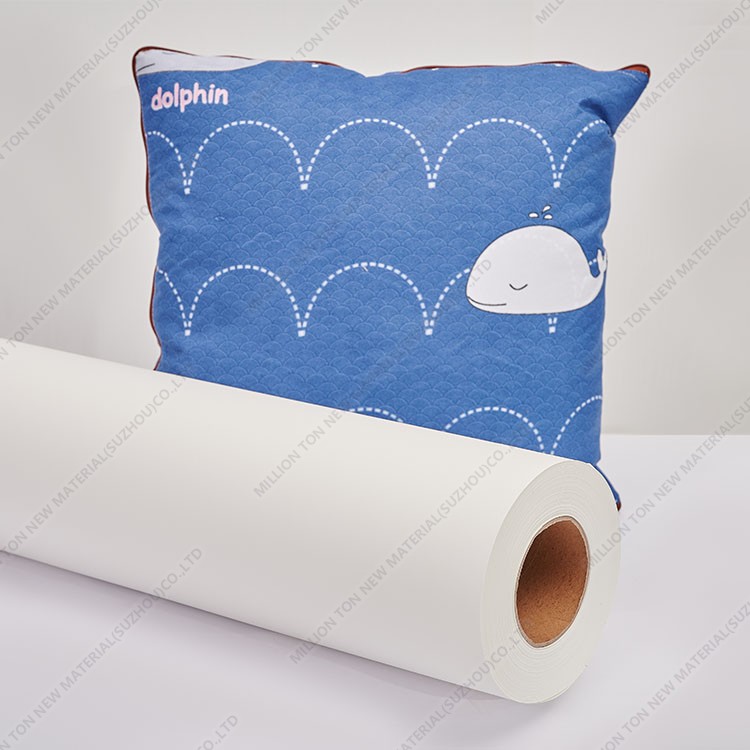The Difference Between Printing and Publishing
If you’re interested in making your written work public then you should learn the difference between printing and publishing. Though somewhat similar, the terms printing and publishing are not to be confused for one another or used interchangeably.
Put simply, printing is production, while publishing is dissemination.
Here’s everything you need to know about these two overlapping activities, as well as how they fit into the process of making your written work publicly available to the audience:
What Is Printing?
Printing includes only the physical act of reproducing text and images from computer to paper, along with bookbinding. There’s no need for you, as an author, to build any kind of long-term relationship with a printer. You simply pay them for their printing services.
Printing is usually a bespoke service, which means that you’ll be able to choose formatting and paper type, as well as the number of copies and other specifications. This depends on the type of printer, however, as not all of them have the same technical capabilities.
What Is Publishing?
Publishing is a far more complex process that involves many moving parts and is contractually binding. Unlike a printer, a publisher is responsible for everything from editing and design to marketing and sales. A publisher handles finances and public relations as well.
As an author, you can approach a publisher with some of the material you want to publish and wait for their response. If your material gets picked up in their selection processes, a publisher will negotiate with a printer and set up a marketing and selling plan.
In exchange for their services, publishers usually take a sum of the profits.
By agreeing on their marketing and selling terms, you’re giving away all financial responsibilities but also a bigger part of the ROI. In other words, a publisher will own the rights to your material and give you, the author, a previously agreed upon royalty payment.
For every sold copy, you’ll be getting a certain percentage.
Being at the top of the production process, a publisher usually handles the following:
Editing
A publisher is responsible for hiring a professional editor who will proofread your written work and make grammatical and structural changes if necessary. This includes everything from typos and length to writing style and plot consistency.
Design
In collaboration with a professional designer or by themselves, a publisher will also create a suitable layout and choose an appropriate type of formatting and fonts. They are also in charge of designing the front and back cover and hiring a printer.
Legal
Every written work is intellectual property. As a new owner of publishing rights, a publisher will have to obtain necessary legal documentation and copyrights for your material, which includes registering for an International Standard Book Number (ISBN).
Marketing
In the publishing industry, marketing relies on various techniques to target the most interested buyer and eventually sell the finished product at the optimum price. Some of these techniques are social media campaigns, offline ads, and author appearances.
Distribution
Publishers are also in charge of inventory management, warehousing (storage), and the distribution of finished products. Though distribution to retail stores is more common, some publishers print copies on demand and send them directly to customers.
The Difference Between Printing and Publishing
It’s quite obvious now that printing is only a small part of the publishing process.
If you’re a self-publishing author, you’ll be negotiating with a printer by yourself. If you choose to work with an official publisher, you’ll be giving away your copyrights for an opportunity to make your work public quicker and easier and earn a certain percentage of profits.
For help with your next print project, reach out to United GMG today!
Many authors wonder if the process of printing and publishing are one and the same. These two stages make for important parts of book writing, and they require many crucial steps before a finalized copy is ready for its intended reader.
Why it’s important for an author to understand the difference between printing and publishing?
The differences in printing services versus printing and publishing arrangements concern the responsibilities that either a writer or a publisher ought to take over so that books get distributed to readers.
What is 'Printing and Publishing?
Throughout history, different technology and materials were used to print and distribute books. Mankind didn't always have easy access to printing services that we have today.
First book copies were produced by rewriting handwritten manuscripts. Without technology to assist in this process, groups of writers literally wrote out dozens, hundreds, or thousands of paid-for book copies. Done in this manner, books were a luxury. They were expensive and rare, so very few individuals in society had access to written material and information regarding medicine, the human body, law, and other relevant topics.
This style of producing books was also called ‘script,’ and it went hand-in-hand with publishing. The publication process began to chain with the invention of printing in the early XV century. Although still a luxury, books became a bit more accessible to a wider population since it was possible to quickly produce book pages using a print press. This was done manually as well, so the printing and publishing process wasn’t as nearly as efficient as it was today.
Book paper binding was also done by hand, as well as the creation of book covers.
The Use of Printer for the Book Publishing Industry
Paper book printing and publishing began to resemble modern processes more in the XIX century, which is when it was no longer necessary to produce books manually. Printing and publishing became industrialized, which further reduced the cost of books and made them more accessible to the emerging middle class.
With that, publishing became a bigger market, so more authors were able to access it. Entertainment literature saw its peak, so numerous genres began to develop now with better access to a bigger audience. This gave many authors an opportunity to publish, whereas only centuries ago, they would have to go through harsh selection processes.
Additional resources:How do you read a picture book for kids?
The Ultimate Introduction to Flexible Packaging
The Benefits of Using PE Film
Cardboard Die-Cutters: Precision and Efficiency for Your Packaging Needs
Sustainable Packaging Solutions: Promoting Eco-Friendly Practices
What Size Tarp for Camping?
Advantages of Flip Top Caps with Silicone Valves
With the development of industrialized writing distribution, magazines and article writing saw an increase as well. Industrialization and the emerging middle-class created a demand for buying and selling written materials. It was the foundation of the global published book market that we know today.
The modern development of printers made the distribution of writing even easier, with people being able to copy anything from notes to book pages for their personal needs. With that, unlawful book copying emerged, creating a need to limit the number of pages that one is allowed.
Publishing vs Printing Services: What's the Difference?
Many authors wonder if the process of printing and publishing are one and the same. These two stages make for important parts of book writing, and they require many crucial steps before a finalized copy is ready for its intended reader.
Why it’s important for an author to understand the difference?
The basic difference between these terms is in the fact that printing means producing books while publishing is selling them to interested readers.
How Are Printing and Publishing Terms Different?
However, these two stages in paper book creation tend to overlap at times, and many of their steps affect one another in ways that may get confusing. For the sake of clarifying, let’s overview what each stage is all about.
Printing means reproducing written copies of your book. It involves printing the text of your copy onto paper using a printer, after which the book undergoes the bookbinding process. An average author doesn’t have to commit a lot to the company that handles their printing for them. They are simple to make their order and settle the receipt for using their services.
How Do Authors Work With Printers and Publishers?
Within the paper printing stage, choices regarding book style and formatting are entirely yours. You can determine how many copies you want to be printed and how you want your printed text to turn out.
Publishing is a slightly different process. First and foremost, it is a long-term relationship between an author and their publishing house, in which the author has a limited amount of say in matters that concern book publishing.
Your relationship with a publisher is binding via contract. You can neither enter nor exit this contract unless certain conditions are met, and the said contract affects your book publishing rights. In this sense, both you and the publisher have certain responsibilities you ought to honor for book success.
Most publishers take up the responsibility for book sales and marketing, and this is one of the main reasons why so many authors still choose conventional over self-publishing. Book publishing houses assist with book distribution further by supplying editing and design services.
The major benefit of these services for the author is that they don’t have to cover any responsibilities nor fund the costs. Authors usually have a considerable degree of say during the editing and design stages. However, there is a trade-off for the services that a publisher provides. When working with publishers, authors only earn a small percentage of the sales, whereas self-publishers earn the bulk of their revenue.
Another key difference between printing and publishing is that an author doesn’t have to put a lot of effort into reaching printing companies. Most of these companies work with customers who approach them, and they make very little, if any, selection of customers within the scope of their services.
Should You Choose a Printing and Publishing Company?
Book publishers, on the other hand, work entirely differently. They have very strict selection policies, and only a small portion of authors who send their books for editorial review actually get accepted. Even if the book is accepted for review, there’s still no certainty that a publisher will pick it up and that printing material will be followed. For safe book marketing across the globe, your publisher is responsible to provide you with the international standard book number (ISBN). This number is unique for each book and it identifies a unique title among ebook copies and print books with similar features.
To earn a spot with a publisher, an author first must approach them with their publishing materials. Authors are expected to proof and send fully edited page copies with appealing pitches, that will make their book stand out from the bunch.
After an author sends their book for a publisher review, they then wait for their response. It might take a while for the company to respond to an author, even if they do get picked up during selection. Once the publisher is certain that they're interested in proceeding with the title, they then contact the author and the process of negotiations begins.
If writers get picked up by the publisher, and negotiations are successful, the publisher will cover book printing costs. From that moment onwards, an author isn’t expected to participate in this part of the job.
Most writers who collaborate with publishers give up their distribution rights in exchange for a royalty payment and a revenue percentage. This may sound like too little profit for the author, but keep in mind that successful books make for considerable passive income for the author who is no longer expected to cover major responsibilities unless their contract specifies otherwise.
What does this difference mean to you as an ebook or audiobook author?
Should You Choose Self-Publishing Printing Publication?
First and foremost, it means that shall you ever consider working with publishers, you should carefully think about the benefits versus the downsides when it comes to sales, design, and distribution of your book.
At the moment, the prevailing understanding of book distribution is that one must have a publisher in order for a book to see the light of day. But, if you weigh responsibilities versus the gains and losses of both conventional and self-publishing, you might realize that one fits you better than the editor.
The Nuances of Book Printing and Publishing Demand
Major benefits of working with book publishing: Printing services, editing, design, marketing, and revenue are already taken care of. You won't have to cover any of these responsibilities to publish quality. Unless specified otherwise in your contract, your book becomes a source of passive income.
Here, smaller earning percentages can be justified by the fact that you no longer have to do any work, but you will earn from book revenue throughout the duration of your contract.
Major downsides of working with book publishers include:
-
Limitations to your legal rights and royalties for your title, and
-
A small percentage of earnings from revenue can lead to a loss of potential profits–if the publisher doesn't do their best for your book to succeed.
If you choose self-publishing, all the work surrounding editing, formatting, design, printing, binding, ebook conversion, uploading, advertising, and revenue will fall on you. The biggest mistake that self-publishers make is that they expect their book to sell passively, and forget how much work is involved in designing, marketing, and ultimately, selling a book.
Should You Take Over Printing and Publication of Your Material?
Major benefits of self-publishing include: Having the freedom to choose your own professional editor, keeping the book your intellectual property, deciding what the print copy will look like, the freedom to create illustrations, book cover, and other art for your book, and the potential to drive book revenue from all over the world with no limitations set by the publisher.
Major downsides to self-publishing include large production costs. You'll be the one responsible to produce both digital and print publications.
Production costs can add up to significant amounts, yet without a guarantee that profits will be waiting on the other side. Although you, as a writer, would have access to the bulk of the revenue, there's no company to stand behind you for marketing and advertising.
On top of that, as a self-publisher, you have no distribution options unless you obtain them on your own. It's up to your to negotiate with libraries and book printing services and proceed to hope for the best.
Choose Using Print and Publishing Industry Wisely
As you can see, book publishing is a business for a reason. Keeping books in front of readers, whether on screen or in the form of print manuscripts, is no easy task. A successful book entails perfect binding, editing, design, format, and website advertising. Beyond that, there's continuous work to be done with promoting published books using book tours, website advertising, journals, and other methods that ensure readers will want to shop your title years after they're published.
The Difference Between Printing and Publishing
Printing and Publishing | Are they the Same?
Additional resources:The Magic of Spirit Glass Bottles: Enhancing the Drinking Experience
Unveiling the Elegance: Spirit Glass Bottles for Discerning Connoisseurs
Exploring LPG Cylinder Regulations: Compliance and Safety Standards
Unveiling the Ultimate Convenience: The Flip Top Bottle Cap
Benefits of Using Sublimation Paper
How to Choose Custom Linen Covers Hardcover Book Printing Services
What Is PBAT Plastic Used for?






